Judo Management Blog
Welcome to the Judo Management blog, where we explore how the principles of judo can transform business management and leadership.
Here you will find articles that connect the philosophy of this discipline with key topics such as innovation, teamwork, and personal development.
Join us and discover new ways to apply Judo in your professional life.
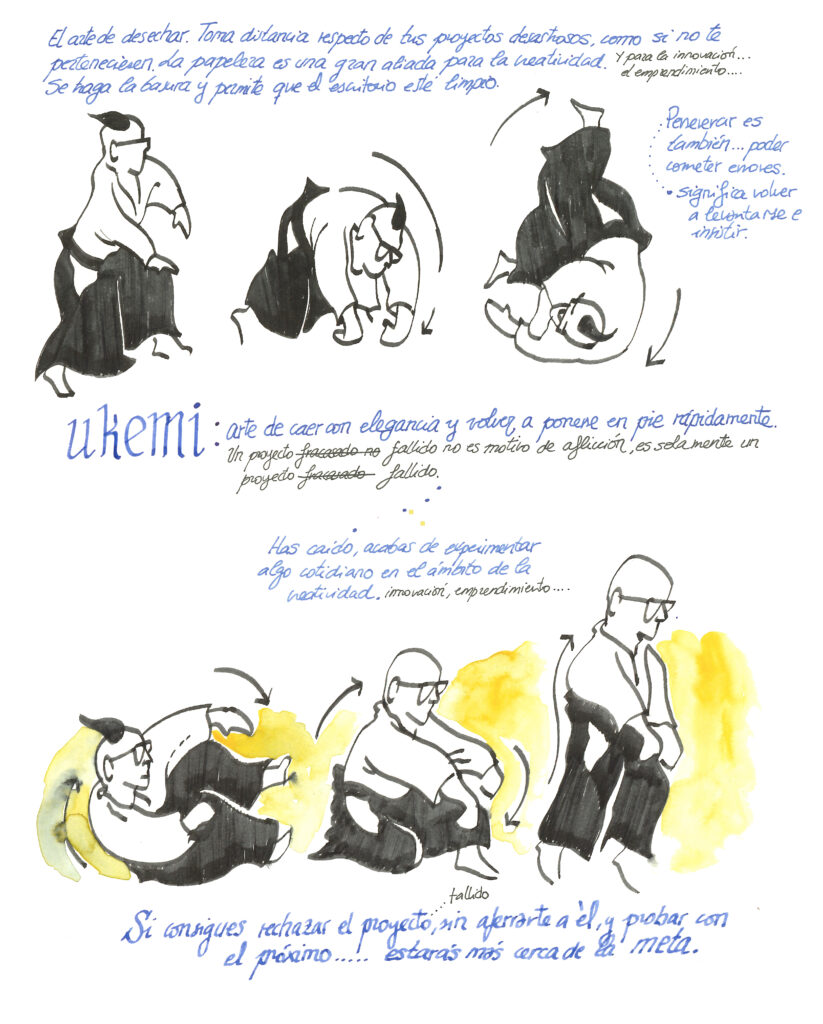
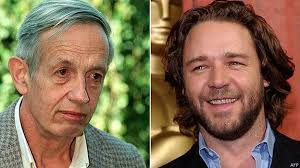
“Jita Kyoei & Games theory”
Nash & Kano, Princeton U & Kodokan judo, a Nobel Prize & the Judo founder: “doing what’s best for himself … and the group”

Sport and Professionalism (4), phenomen modern definitions
History and definitions as fundaments to approach to the topic ‘Sport and Professionalism’.
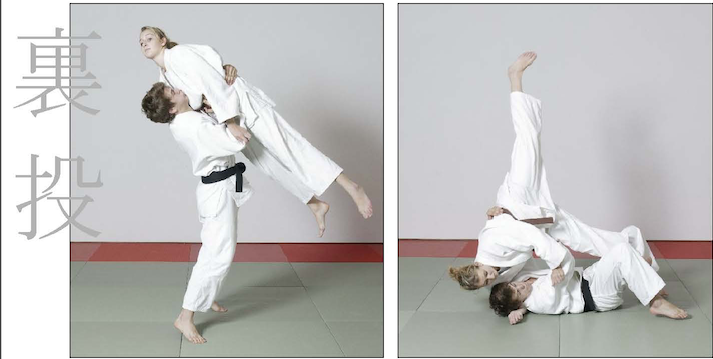
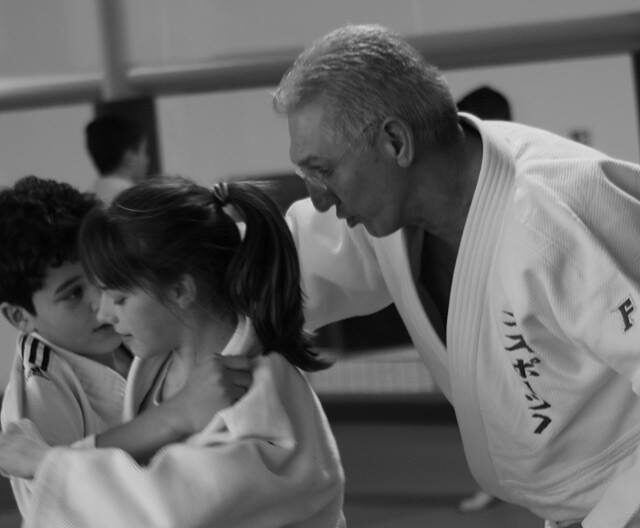
Judo coaching is to learn, to study, to stimulate… 30 tips.
Judo coaching is to learn, to study, to teach, to listen, to observe, to analyze, to think, to stimulate, to inspire and to work very hard.

Explaining the KODOKAN GO KYO NO WAZA by Willem Visser
In the coming weeks www.judomanagement.com will publish articles explaining the KODOKAN GO KYO NO WAZA. The content of the technical articles consists of the explanation of the Kodokan Go Kyo
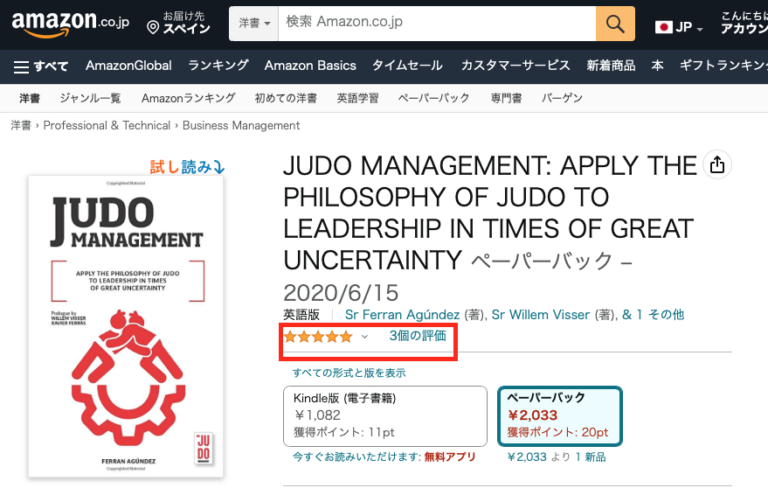
Judo Management in Japan
Very good feedback from Japanese readers. 5 Stars book. Arigatō 日本の柔道マネジメントの読者からの非常に良いフィードバック。 とても感謝しています

Mental training. Always training with full attention… and under pressure.
DEFINITIONS Learning or improving a pattern of movement through intensively the moment without actually performing it simultaneously. A method to come to a design of one’s own behaviour through imagination


Harvard Business School & Kodokan Judo
In 1913 the Harvard Corporation authorised the continuation of HBS as independent entity. The first Dean Edwin F. Gay and his colleagues believed business education should adhere the mission of

Sport and Professionalism (5), the interaction between result and financial reward
History and definitions as fundaments to approach to the topic ‘Sport and Professionalism’.


Stages of development in Judo
In judo teaching and judo education (technical, physical and mental) it is important to know what can be taught in the different age categories.
